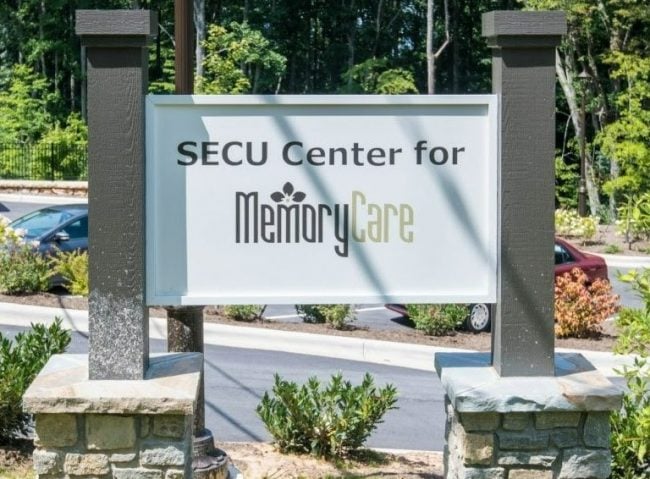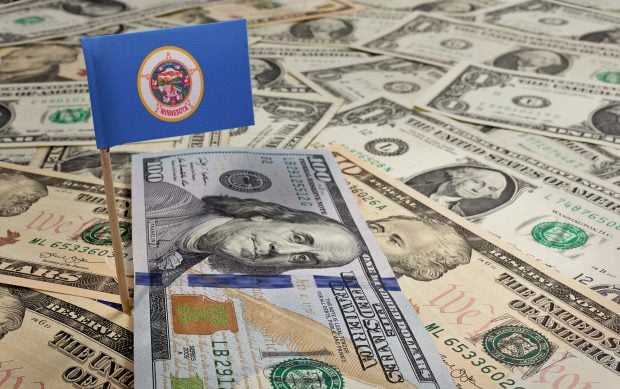Video teller machines, which the NCUA now considers service facilities when considering credit union field ofmembership expansions, are poised to take root on a wide scale overthe next two to three years.
|“Over time, it will become the standard that people expect. Itwill take years to achieve that because of the nature of theindustry, but clearly it's something consumers are embracing,” GenePranger, CEO and founder of hardware desig firm uGeniusTechnology.
|Pranger said uGenius' website, especially online video tellerproduct demonstrations, has been receiving additional trafficrecently as financial institutions began planning and budgeting for2013. More than 30 clients already utilize the electronic personaltellers, he said, with the bulk being within the credit unionindustry because this is where the thought leaders are found,Pranger said. However, the percentage of banks showing interest inthe technology is increasing, he added.
|On Aug. 9, the NCUA announced it would allow video tellers tocount as service facilities and meet requirements of credit unionsthat want to expand their field of membership or serve underservedareas.
|According to the NCUA's release, to qualify as a servicefacility, a video teller must be physically located in the servicearea, provide real-time, face-to-face video access to credit unionor shared branching employees during regularly scheduled hours, andallow the member to conduct all the transactions he or she could ifvisiting another sort of service facility permitted by NCUA.
|NCUA Chairman Debbie Matz credited NAFCU with the move, sayingthe trade association encouraged the change. NAFCU President/CEOFred Becker confirmed the kudos, saying the idea was promotedduring NAFCU's 2011 Annual Convention as a best practicesstrategy.
|“[Credit unions] are on stage talking about this, and thenafterwards I go home and think, 'wait a minute here, why wouldn'tthis work as a service facility?'” Becker said.
||The NCUA's ruling will transform the way credit unions viewtheir retail distribution network by opening their minds beyondbranching into new ways to serve members and still provide a returnon investment, Pranger said. Because personal teller machinesprovide members with real-time deposit verification and tellerswith control over peripheral devices like scanning devices and cashdispensers, they provide more emotional comfort than ATMs.
|“It's an assisted-serve environment, not self-serve,” Prangersaid. “The magic of the system is that the teller can controleverything that is going on.”
|Video tellers also allow credit unions to beef up security,Pranger noted. The physical separation between members and tellersempower credit union employees to check questionable items withoutfear of physical threat or confrontation. Criminals may quicklyrealize there's no easy cash drawer to rob like in a branch.
|Pranger said one credit union was able to foil a fraudulentcheck casher that had successfully cashed back checks in the area.Photos of the woman had been distributed to financial institutions,including the credit union's video call center.
|When the woman attempted to cash a bad check using a videoteller, the teller recognized her through the video feed and askedher to please wait while she obtained approval to cash the check.Instead, the teller called the police, then returned to tell thewoman she was unable to get approval to cash the check.
|“She was arrested as she walked back outside,” Pranger said.“Not only do these machines prevent theft, they prevent fraud ifyou have the right management and tellers.”
|Video teller machines cost about the same as a full-service ATM,Pranger said. Additionally, uGenuis technology is also available onfull service NCR ATMs that enable credit unions to upgrade to videoteller technology.
|“So you could use the same machine to conduct a personal tellertransaction, or a simple cash and dash,” Pranger said, adding thatthe NCR hybrid machine would meet NCUA's service facilityrequirements. The only difference between the two is that the NCRmachine doesn't have the same check dispensing capabilities asuGenius hardware.
|Video tellers can also increase market penetration, said BruceFoulke, president/CEO of the $1.15 billion American HeritageFederal Credit Union in Philadelphia. The cooperative placed apersonal automated teller – or PAT, as the patriot-themed creditunion has branded it – in a low-income grocery store last year andhas since gained 200 members per month off the location.
|“People in low income areas love the technology because it makesthem feel like they're ahead of the game,” Foulke said.Additionally, the voting booth style PAT machines also provide moreprivacy than traditional open teller counters.
||American Heritage has seven PAT machines in operation thatsupplement its 26 brick and mortar branches. In the future, newbranches will have PAT machines instead of teller counters, Foulkesaid.
|“If somebody doesn't show up for work, I don't have to worryabout an empty teller window. I can just go over to the call centerand fill that void instantly. Same thing if they get swamped,”Foulke said. “Plus, you don't have that down time when you havefive or six people standing in the branch staring at eachother.”
|Foulke said eventually, video teller technology will also allowstaff to work from home.
|Although American Heritage is also placing PAT machines intolarge SEG facilities, the credit union isn't going to use them toexpand its field of membership as now allowed by theNCUA. That's because the credit union is focused onmarket penetration, not geographical expansion. Foulke said hethinks the technology would work well for field of membershipexpansion.
|“It especially would for credit unions out west where there aremiles between branches and they can't serve members outside ofthat,” Foulke said.
|CO-OP Financial Services is betting its members will want to usevideo teller services both for field of membership expansion and toimprove operational efficiency, said Eric Porter, executive vicepresident of business development for the Rancho Cucamonga,Calif.-based ATM and shared branching network provider. The CUSOexpects to offer a beta version to credit unions during the fourthquarter.
|CO-OP Financial began developing the technology before the NCUAadded the service facility designation, Porter said. The CUSO'svideo teller service will allow members to conduct all thetransactions they currently can through shared branching, hepointed out.
|“This technology will really provide relief at a time when thecost of labor and transaction costs are on the rise, and willoffset some of the fully staffed locations,” Porter said.
|CO-OP is working with both Diebold and NCR to offer video tellerservices, although not all shared branching transactions willinitially be available on both systems, Porter said. For creditunions planning for 2013 and considering video teller services, hesuggested budgeting for a secure, full-service ATM, plus the costof video hardware.
Complete your profile to continue reading and get FREE access to CUTimes.com, part of your ALM digital membership.
Your access to unlimited CUTimes.com content isn’t changing.
Once you are an ALM digital member, you’ll receive:
- Critical CUTimes.com information including comprehensive product and service provider listings via the Marketplace Directory, CU Careers, resources from industry leaders, webcasts, and breaking news, analysis and more with our informative Newsletters.
- Exclusive discounts on ALM and CU Times events.
- Access to other award-winning ALM websites including Law.com and GlobeSt.com.
Already have an account? Sign In
© 2024 ALM Global, LLC, All Rights Reserved. Request academic re-use from www.copyright.com. All other uses, submit a request to [email protected]. For more information visit Asset & Logo Licensing.









